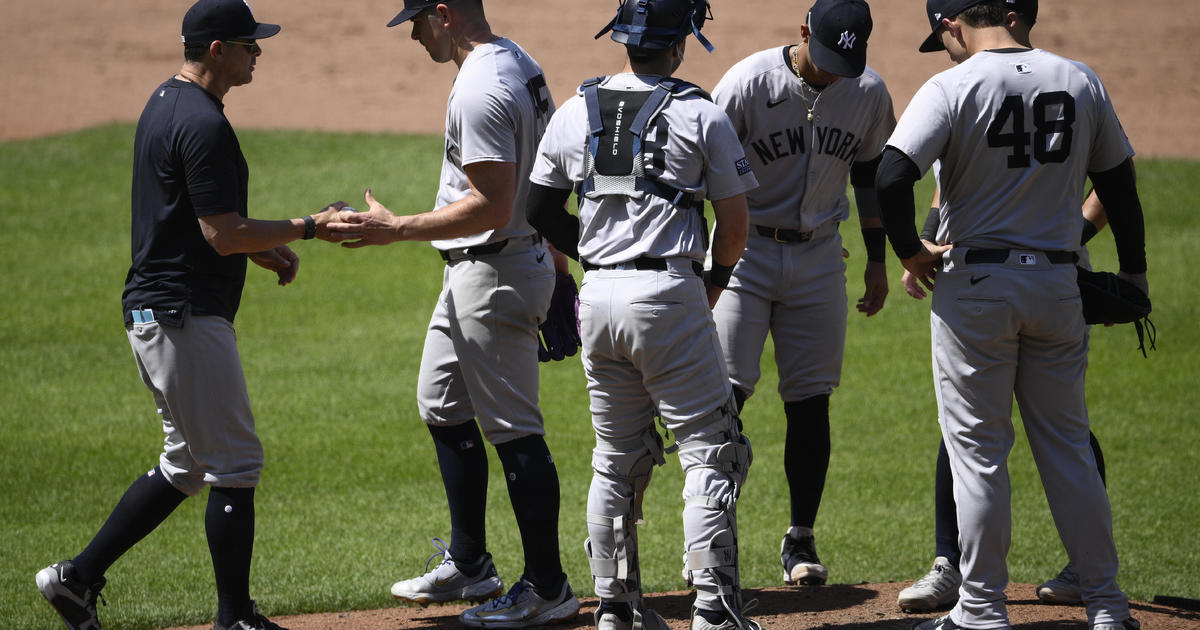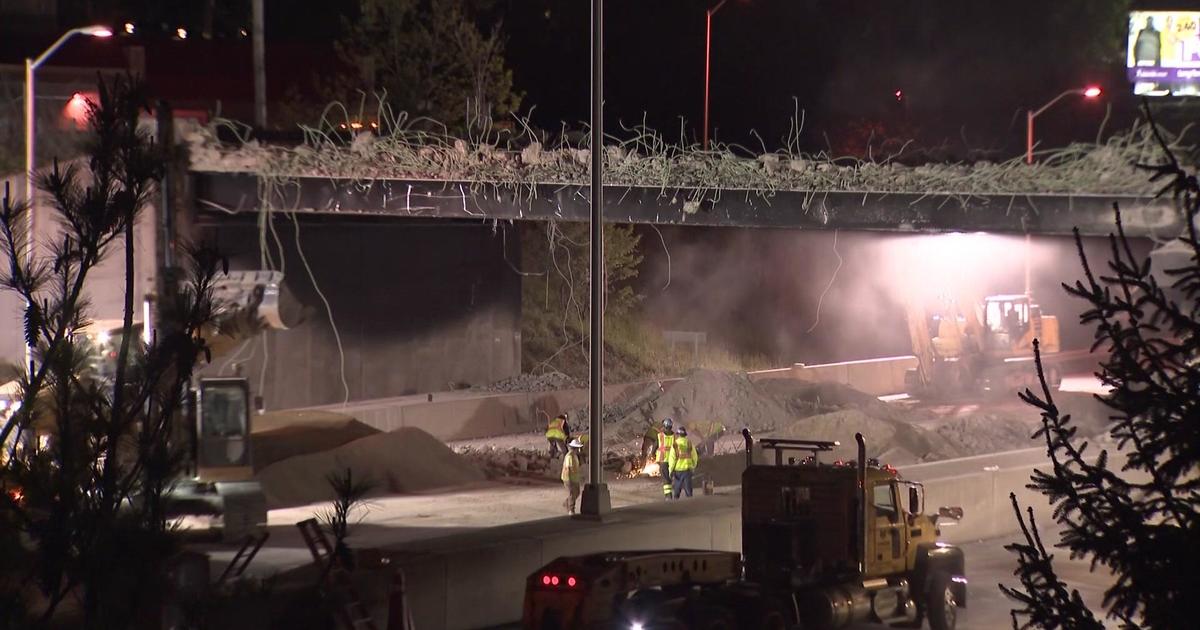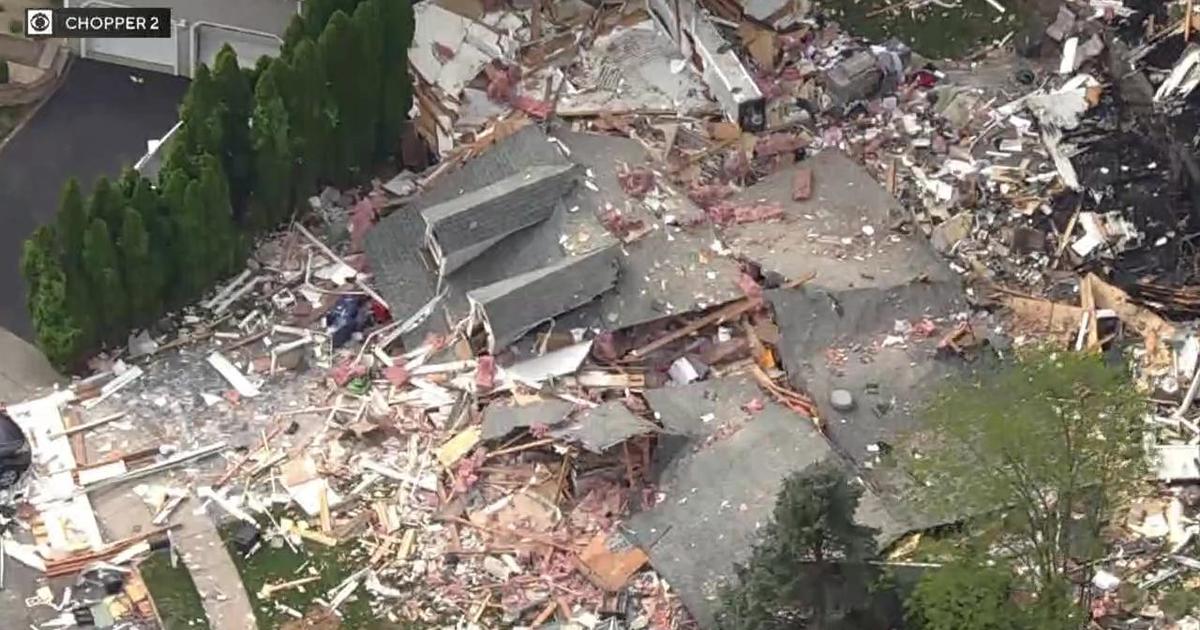Fans Injured In Last-Lap Accident At Daytona International Speedway
DAYTONA BEACH, Fla. (AP) — Fans feeling unsafe after the horrific crash at Daytona International Speedway can change seats for NASCAR's biggest race.
Track President Joie Chitwood says workers successfully repaired a section of fence — 54 feet wide and 22 feet high — that was shredded Saturday when Kyle Larson's car went airborne on the final lap of a second-tier race and crashed through the barrier that separates cars from fans. Large pieces of debris, including a tire, sprayed into the upper and lower section of the stands.
The crash injured more than 30 people, raising more questions about fan safety at race tracks. NASCAR President Mike Helton said "most everybody" had been released from local hospitals, but there are a "few still being treated."
Chitwood says if any fans are uncomfortable with their up-close seating for Sunday's Daytona 500, officials will work to move them.
"If fans are unhappy with their seating location or if they have any incidents, we would relocate them," Chitwood said Sunday. "So we'll treat that area like we do every other area of the grandstand. If a fan is not comfortable where they're sitting, we make every accommodation we can."
Track workers finished repairs about 2 a.m. Sunday, having installed a new fence post, new metal meshing and part of the concrete wall.
Officials decided not to rebuild the collapsed cross-over gate, which allows fans to travel between the stands and the infield before races.
Daytona has a grandstand remodel planned. Chitwood said the injuries could prompt a redesign that might include sturdier fences or stands further away from the on-track action.
"It's tough to connect the two right now in terms of a potential redevelopment and what occurred," Chitwood said. "We were prepared yesterday, had emergency medical respond. As we learn from this, you bet: If there are things that we can incorporate into the future, whether it's the current property now or any other redevelopment, we will.
"The key is sitting down with NASCAR, finding out the things that happened and how we deal with them."
Daytona reexamined its fencing and ended up replacing the entire thing following Carl Edwards' scary crash at Talladega Superspeedway in Alabama in 2009. Edwards' car sailed into the fence and spewed debris into the stands.
"We've made improvements since then," Chitwood said. "I think that's the key: that we learn from this and figure out what else we need to do."
NASCAR plans to take what remained of Larson's sheared car along with debris back to its research and development center in Charlotte, N.C., for testing.
"We'll bring in the best and brightest," said Steve O'Donnell, NASCAR's senior vice president for racing operations. "Anything we can learn will be put in place. ... Fans are our first priority. Obviously we want everybody to be safe at an event. We've talked to the speedway. We're confident in what's in place at today's event. Certainly still thinking about those affected, but we're confident to move forward for this race."
The 12-car crash began as the front-runners approached the checkered flag. Leader Regan Smith attempted to block Brad Keselowski for the win, triggering a pileup that could have been much worse.
Larson's burning engine wedged through a gaping hole in the fence. Parts and pieces of his car sprayed into the stands, including a tire that cleared the top of the fence and landed midway up the spectator section closest to the track.
The 20-year-old Larson stood in shock a few feet from his car as fans in the stands waved frantically for help. Smoke from the burning engine briefly clouded the area, and emergency vehicles descended on the scene.
Ambulance sirens could be heard wailing behind the grandstands at a time the race winner would typically be doing celebratory burnouts.
"It was freaky. When I looked to my right, the accident happened," Rick Harpster of Orange Park said. "I looked over and I saw a tire fly straight over the fence into the stands, but after that I didn't see anything else. That was the worst thing I have seen, seeing that tire fly into the stands. I knew it was going to be severe."
In 1987, Bobby Allison's car lifted off the track at Talladega while running over 200 mph, careening into the steel-cable fence and scattering debris into the crowd. That crash led to the use of horsepower-sapping restrictor plates at Talladega and its sister track in Daytona, NASCAR's fastest layouts.
As a result, the cars all run nearly the same speed, and the field is typically bunched tightly together — which plenty of drivers have warned is actually a more dangerous scenario than higher speeds.
"That's one of the things that really does scare you," Allison said Sunday. "But it's always a possibility because of the speeds, where they are."
Sound off in the comments section below...
(Copyright 2013 The Associated Press. All Rights Reserved. This material may not be published, broadcast, rewritten or redistributed.)



